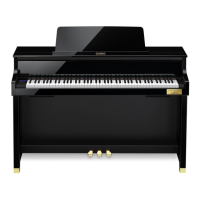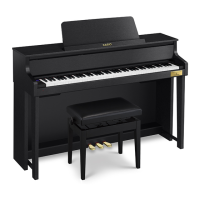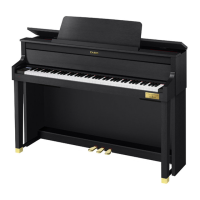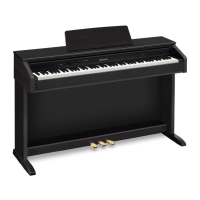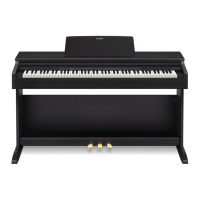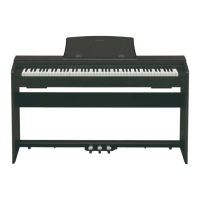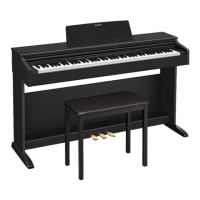Why is there no sound when I press a key on my Casio Musical Instrument?
- EEthan PageJul 29, 2025
There are several reasons why your Casio Musical Instrument might not be producing sound when you press a key: * The VOLUME controller is set to “MIN”. Rotate the VOLUME controller more towards “MAX”. * Headphones or an adaptor plug is plugged into one of the PHONES jacks. Disconnect whatever is connected to the PHONES jacks. * MIDI Local control is turned off. Turn on the Local control setting. * The Speaker Out is set to Off. Change the Speaker Out setting to “Auto”. * The Keyboard Volume is set to 0. Change the Keyboard Volume setting to something other than 0.
